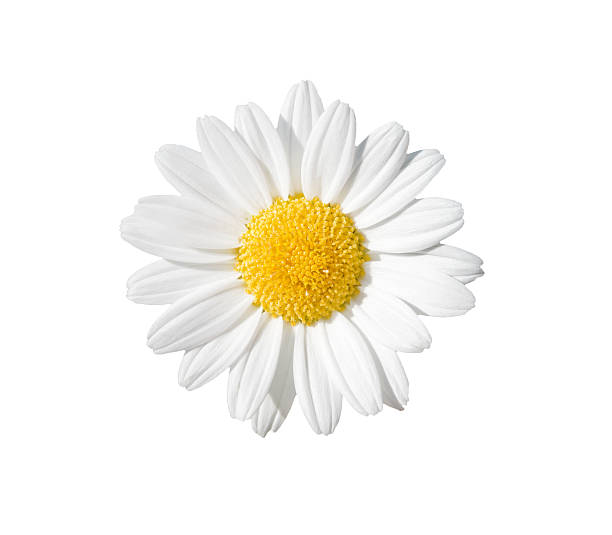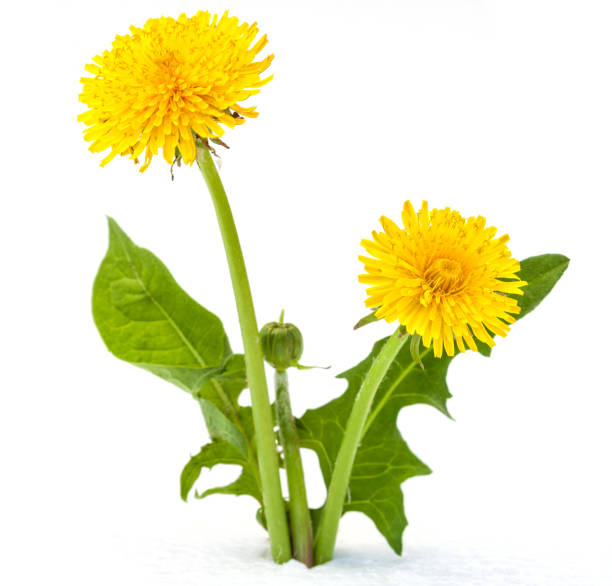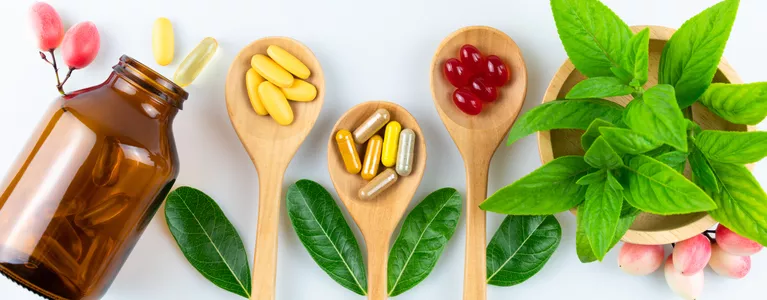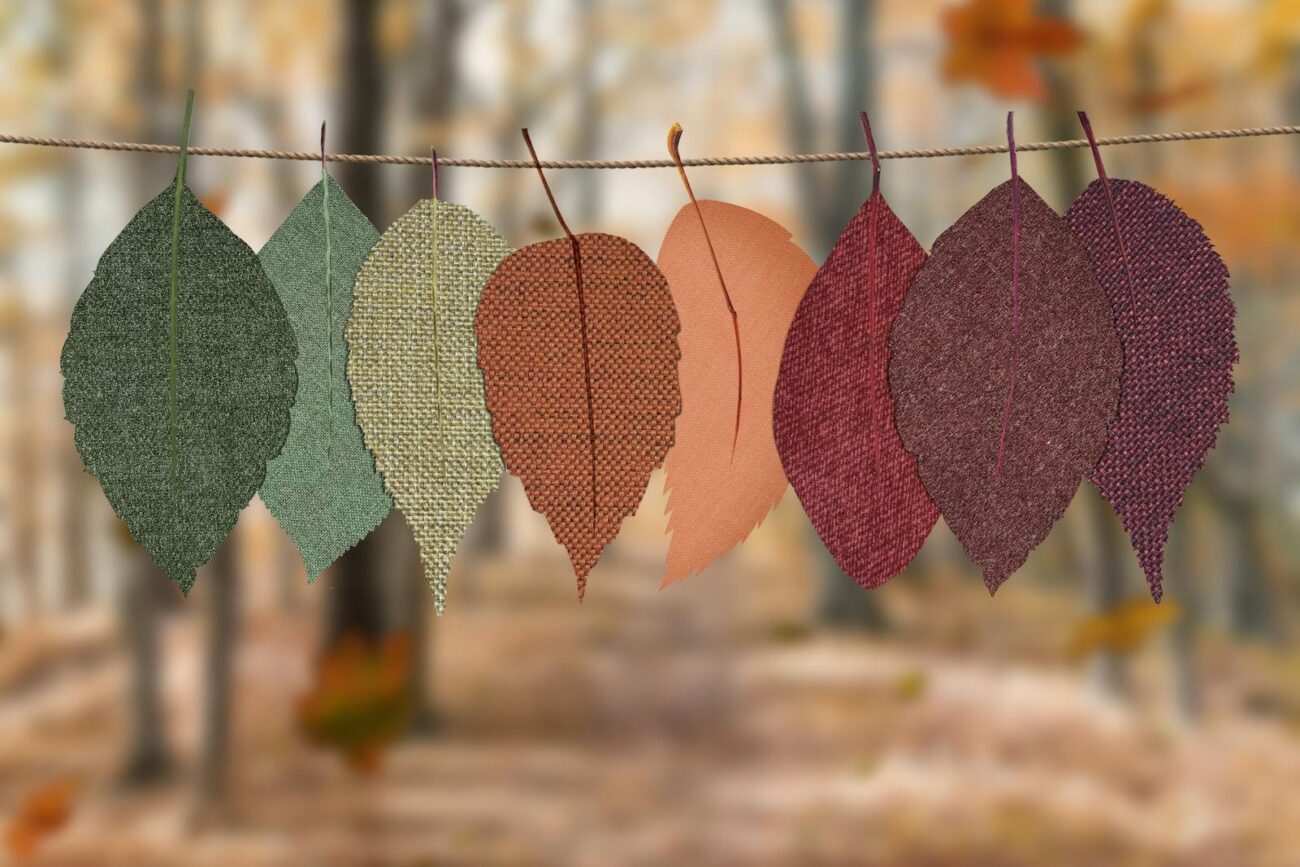
Herbs aren’t just plants that look nice in the garden. They’re alive, constantly changing with the seasons. The same root, leaf, or flower can hold more or less strength depending on when it’s harvested, the soil it grew in, or even how much sun it received.
These seasonal shifts play a huge role in how well your teas, tinctures, or herbal remedies work. Paying attention to timing can turn an ordinary cup of tea into something that actually delivers results.
Why Herbs Don’t Always Act the Same?
Plants never stay static. Take ginseng, for instance. A root collected in autumn usually feels far more energizing than one dug up in spring. Or chamomile: flowers gathered early in the morning carry a richer aroma and flavor than those picked later in the day.
Through years of studying plants, their chemistry, classification, and relationship with the environment, I’ve learned that these seasonal patterns are key. They explain why some herbs feel powerful while others seem weak.
How the Seasons Shape Plant Chemistry?
Plants create active compounds such as flavonoids, alkaloids, saponins, and essential oils. But levels of these compounds shift constantly.
Roots pack away nutrients and bitter compounds before winter.
Leaves adjust their chemistry depending on sun exposure.
Flowers release more aromatic oils at peak bloom to attract pollinators.
Even tiny differences in sunlight, rainfall, or harvest timing can change how an herb tastes, smells, and works in your body.
Herbs That Show Seasonal Potency.
Ginseng (Panax ginseng).
Part used: Root
Key compounds: Ginsenosides
Benefit: Supports focus, boosts energy, reduces fatigue
Tip: Roots dug in autumn usually contain higher ginsenosides and stronger flavors.

Chamomile (Matricaria chamomilla).
Part used: Flowers
Key compounds: Apigenin, flavonoids
Benefit: Relaxes the nerves, soothes digestion, helps with sleep
Tip: Harvest flowers early in the morning for best aroma and effect.

Peppermint (Mentha × piperita).
Part used: Leaves.
Key compounds: Menthol, rosmarinic acid.
Benefit: Aids digestion, calms mild headaches, eases nausea.
Tip: Collect just before flowering when menthol levels peak.

Lemon Balm (Melissa officinalis).
Part used: Leaves.
Key compounds: Rosmarinic acid, citronellal.
Benefit: Calms stress, supports digestion, mild antiviral properties.
Tip: Mid-summer harvest under strong sun boosts essential oils.

Dandelion (Taraxacum officinale).
Parts used: Roots and leaves.
Key compounds: Taraxacin, sesquiterpene lactones.
Benefit: Helps liver health, digestion, and fluid balance.
Tip: Roots are best in late fall, while spring leaves are tender and rich in bitter compounds.

Quick Guidelines for Better Herbs.
Harvest away from polluted areas or sprayed lawns.
Match the plant part to the season (roots in fall, leaves and flowers in late spring/summer).
Prepare gently, teas and light infusions preserve delicate compounds, while roots often need slow simmering.
Keep notes. Track when and how you harvest, and compare how the herb works. Patterns show up fast.
Why Seasonal Timing Changes the Experience?
I’ve seen it firsthand. A batch of chamomile picked late in the day made a weak, flat tea. But flowers gathered early the next morning brewed into a golden cup that smelled amazing and left me calm.
I grow peppermint, lemon balm, and chamomile myself, and it’s fascinating to notice how flavor and potency shift with the season. Once you pay attention, you’ll never think of herbs as “one size fits all” again.
Conclusion.
Seasonal changes can make or break an herb’s effectiveness. Roots, leaves, and flowers all hold different strengths depending on when they’re picked and the environment they grew in.
If you want teas, infusions, or remedies that actually work, choose carefully. Look for herbs from organic farms, trusted suppliers, or better yet, grow your own. The difference in taste, aroma, and effect is remarkable.
Start simple, experiment, and let nature show you just how powerful timing can be!

